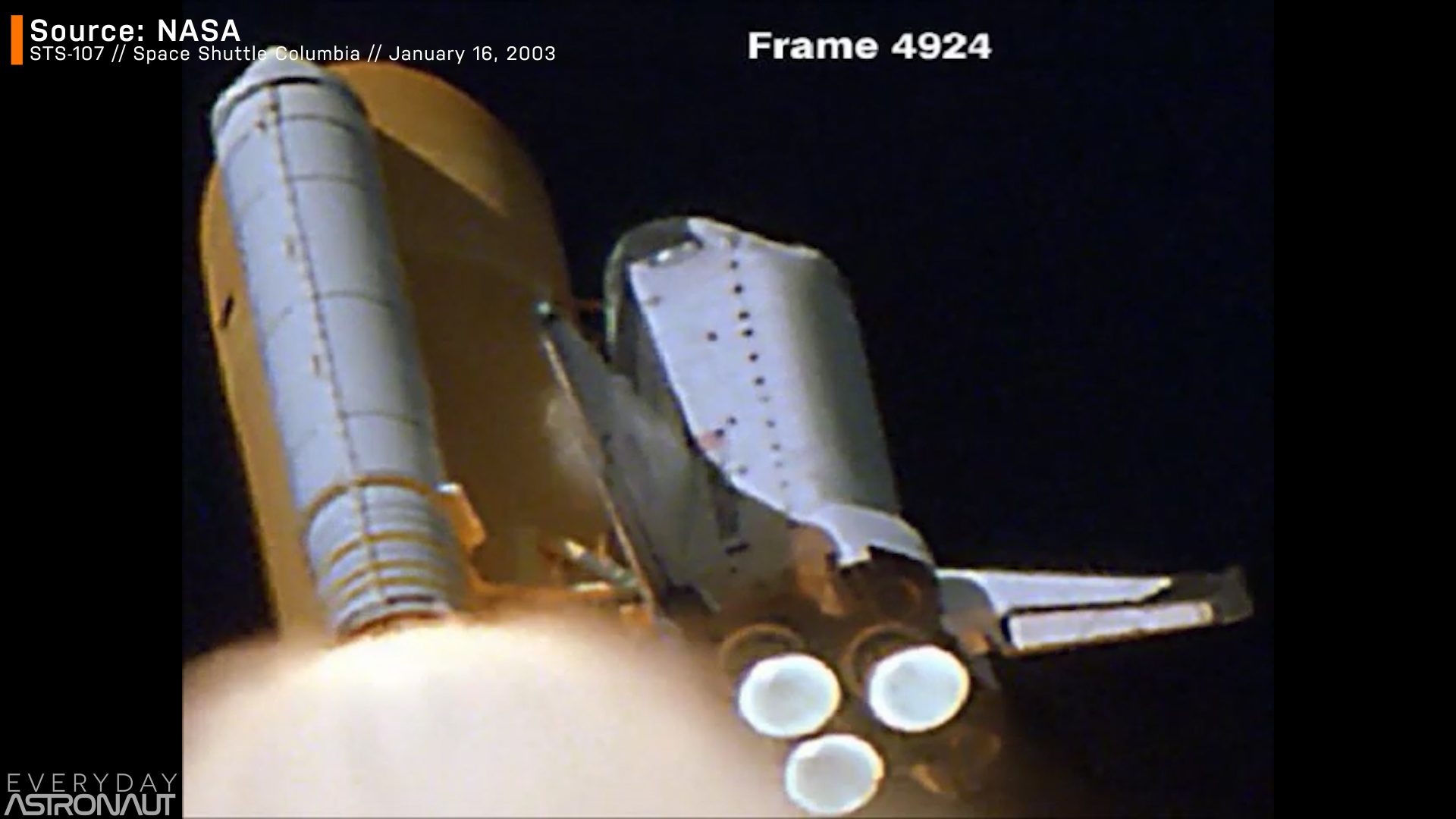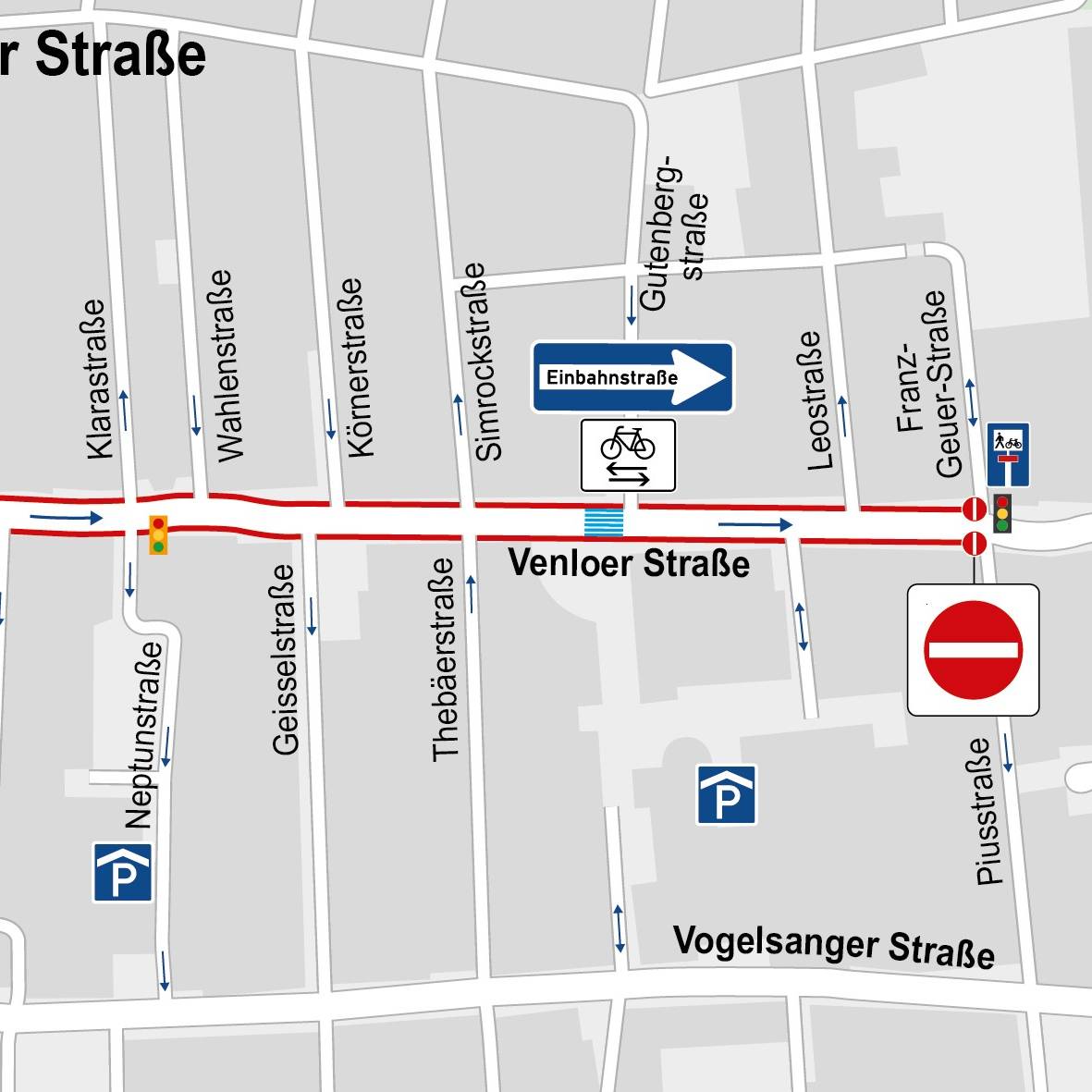Airplanes Urged To Avoid SpaceX Starship Launch Area

Table of Contents
Safety Risks Associated with Starship Launches
The sheer scale and power of the Starship launch presents unique safety challenges for aviation. Understanding these risks is crucial for ensuring the safety of all air traffic in the vicinity.
Debris Field and Potential Hazards
Starship launches, even successful ones, generate a significant debris field. Large metal fragments, composite materials, and other debris can fall to Earth after launch and landing attempts. The trajectory of this debris is unpredictable, potentially covering a vast area, posing a serious threat to aircraft.
- Potential Debris Types: Metal sheeting, engine components, carbon composite pieces, and other hardware.
- Velocity and Impact: Debris fragments can travel at extremely high velocities, causing catastrophic damage upon impact with an aircraft.
- Area Affected: The potential debris field extends for miles from the launch site, requiring extensive TFRs to ensure safety.
Uncontrolled Engine Ignition/Failures
While SpaceX employs rigorous safety protocols, the possibility of engine malfunctions during launch or landing cannot be entirely ruled out. An uncontrolled engine ignition or failure could lead to an explosion or an uncontrolled descent of the vehicle, creating hazardous conditions for nearby aircraft.
- Explosion Risk: Engine failure could result in an explosion, generating a blast wave and potentially scattering debris over a wide area.
- Shockwaves and Pressure Changes: The intense pressure changes and shockwaves from such an event could severely damage aircraft.
- Uncontrolled Descent: A loss of control could result in an uncontrolled descent, potentially leading to a crash within the restricted area.
The Role of the FAA and Air Traffic Control in Implementing Flight Restrictions
To mitigate these risks, the Federal Aviation Administration (FAA) plays a crucial role in implementing and enforcing flight restrictions around the SpaceX Starship launch area.
Temporary Flight Restrictions (TFRs)
TFRs are temporary restrictions on air traffic within a specified airspace. During a Starship launch, extensive TFRs are put in place around Boca Chica, Texas, prohibiting all unauthorized aircraft from entering the designated area.
- Geographical Area: The TFR encompasses a wide radius around the launch site, varying depending on the specific launch parameters and predicted debris field.
- Penalties for Violation: Violators face significant penalties, including hefty fines and potential legal repercussions.
- Notification to Pilots: Pilots are notified about TFRs through Notices to Airmen (NOTAMs), flight service briefings, and other official channels.
Coordination Between SpaceX and Air Traffic Control
Effective communication and coordination between SpaceX and the FAA’s air traffic control are crucial for implementing and managing TFRs.
- Pre-Launch Planning: Detailed flight plans and predicted debris patterns are shared with air traffic control well in advance.
- Real-Time Monitoring: Radar and other technologies monitor aircraft movements to ensure compliance with TFRs.
- Contingency Plans: Procedures are in place to handle unforeseen events, such as launch delays or malfunctions.
Impact on Commercial and Private Aviation
The implementation of TFRs during Starship launches inevitably impacts commercial and private aviation.
Flight Delays and Route Alterations
TFRs can lead to significant delays and necessitate route alterations for commercial flights.
- Economic Impact: Delays result in increased fuel costs, potential passenger inconvenience, and schedule disruptions for airlines.
- Affected Airports and Airlines: Airports and airlines operating in the vicinity of the launch site are directly impacted.
Challenges for Private Pilots
Private pilots face unique challenges when adhering to TFRs.
- Flight Planning: Careful flight planning is essential, requiring pilots to check NOTAMs and plan alternate routes well in advance.
- Operational Impacts: Restrictions can limit available airspace and necessitate deviations from planned flight paths.
- NOTAM Awareness: Regularly checking NOTAMs before each flight is vital for private pilots to avoid violations.
Conclusion
The launch of SpaceX Starship necessitates the implementation of strict flight restrictions to safeguard aircraft and the public. Effective collaboration between SpaceX, the FAA, and air traffic control is paramount to minimizing air travel disruptions while prioritizing safety. Adherence to TFRs is not merely a suggestion, but a critical safety measure.
Call to Action: Pilots and aviation professionals must diligently monitor NOTAMs and strictly adhere to all Temporary Flight Restrictions (TFRs) issued around the SpaceX Starship launch area. Understanding the risks associated with proximity to a Starship launch is critical for responsible air travel and ensuring the safety of everyone involved. Avoiding the SpaceX Starship launch area is not optional; it's essential.

Featured Posts
-
 Everything Going To Be Great Official Trailer Breakdown And Analysis
May 29, 2025
Everything Going To Be Great Official Trailer Breakdown And Analysis
May 29, 2025 -
 Dorsal 23 Athletic Club Historia Y Jugadores Emblematicos
May 29, 2025
Dorsal 23 Athletic Club Historia Y Jugadores Emblematicos
May 29, 2025 -
 Koeln Entscheidung Gefallen Venloer Strasse Weiterhin Einbahnstrasse
May 29, 2025
Koeln Entscheidung Gefallen Venloer Strasse Weiterhin Einbahnstrasse
May 29, 2025 -
 Wall Street Bets Is The Worst Of Trumps Trade War Over
May 29, 2025
Wall Street Bets Is The Worst Of Trumps Trade War Over
May 29, 2025 -
 Baths Architectural Glory A Somerset Photographic Exploration
May 29, 2025
Baths Architectural Glory A Somerset Photographic Exploration
May 29, 2025
